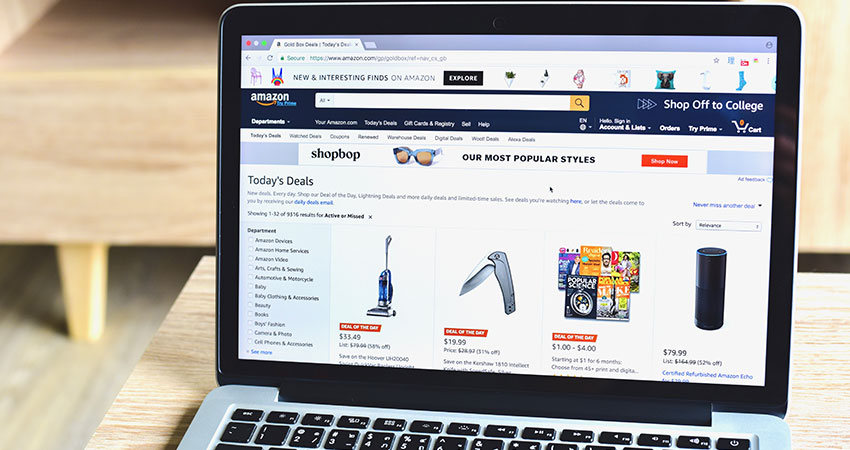Even in a difficult market, Amazon sellers appear to be doing well collectively on the number-one online marketplace, with 89% of them reporting profitability at the start of 2023, while 37% say their net income is up from a year ago, according to an annual report from Jungle Scout.
Of the enterprise sellers responding to the survey — those with $2 million or more in annual sales — 58% of them reported revenue above $250,000 a month, while 21% were making more than $1 million per month.
Sellers are also getting more diversified. Sixty-one percent of Amazon merchants reported selling on other marketplaces, up from 58% in 2022, with eBay used by 24% of them. Shopify was the third most popular alternate site for Amazon sellers, cited by 16% of them (up 6%), Walmart.com (15%, up a healthy 28%), Etsy (14%, up 11%), Facebook Marketplace (13%, up 6%) and Alibaba (10% but up a whopping 158%).
This diversification trend will continue in 2023, with 52% of sellers saying they planned to expand to additional platforms this year, more than double the 25% from a year ago. Most likely this is due to the general decline in ecommerce sales globally – including on Amazon itself – with merchants betting they have a better chance of driving more sales when their goods are listed in multiple places.
Amazon sellers were predominantly male (72%, vs. 26% female and 2% for “prefer not to say”) and from the United States (55%, followed by the UK at 7%). The age range was more evenly divided, with 30% in the 35-44 bracket, followed by 28% at 25-34 and 19% at 45-54. They were also mostly third-party sellers vs. first-party, 70% to 30%, with 7% using both models.
China remains the primary sourcing market for products, tapped by 71% of Amazon sellers, down slightly from 74% in 2022, followed by the United States at 33%, up from 26% last year, and India, at 9%, down from 10%.
The most common business model on Amazon.com is companies selling private label, branded products produced by themselves or more likely a contract manufacturer, cited by 54% of those surveyed by Jungle Scout. This was followed by those who buy in bulk from a brand or wholesaler (24% of sellers), arbitrageurs who purchase and resell discount goods from retailers (25%), the same who purchase them online (24%), drop shippers (17%) and those selling handmade crafts (7%).
The majority of Amazon sellers (86%) are using FBA (Fulfillment By Amazon) to get orders out to customers, with 64% using it exclusively. Fulfillment By Merchant is used by 37% of sellers, 15% of them exclusively, with 22% reporting they use both services.
The United States is far and away the number-one market for Amazon sellers, listed by 83% of those surveyed by Jungle Scout, although it slipped 3% from 2022. Next is Canada at 24%, often cited as the natural next-step market, which also fell, by 6%. The United Kingdom was in third place, named by 18% of sellers, with a 21% gain. Other markets that saw significant increases were Australia (up 47%, cited by 9% of sellers), Italy (up 33%, cited by 8% of sellers) and France (up 29%, cited by 9% of sellers).
Top merchandise categories on Amazon.com as reported by Jungle Scout were home and kitchen products, in the listings of 35% of sellers, up from 32% last year, followed by beauty and personal care (26%, up from 23%), clothing, shoes and jewelry (20%, up from 18%) and toys and games (18%, down from 20% and slipping from third to fourth place).
Between Dec. 1, 2022 and Jan. 3, 2023, Jungle Scout surveyed more than 2,600 Amazon sellers for its report, including prospective and former merchants, from more than 100 countries, using all 20 Amazon marketplaces and offering all relevant product categories. The margin of error was +/- 2.6%.

